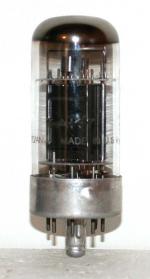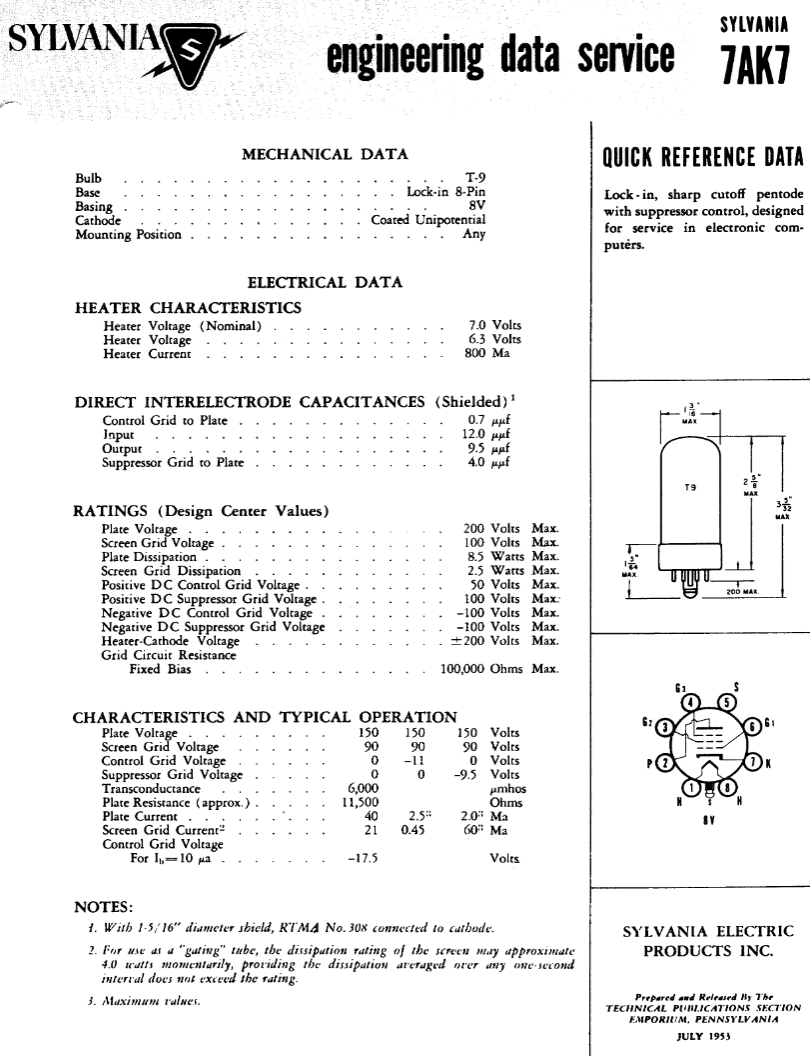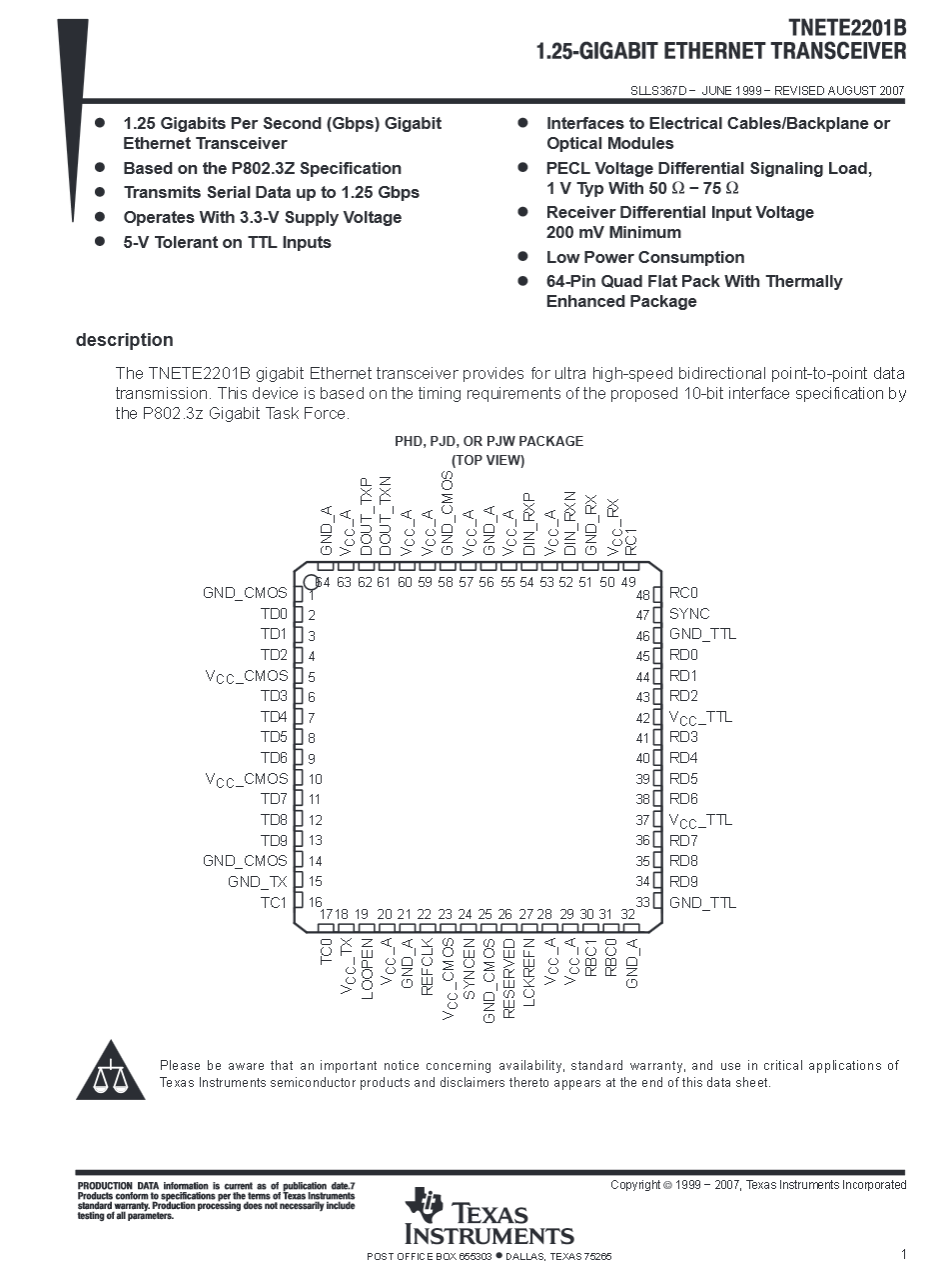The Computer Tube
I've been reading the book ENIAC in Action, which details the fascinating ten-year history of the first general-purpose programmable electronic computer. In it I found a reference to 7AK7, the so-called computer tube, which improved the reliability of tube computers.
 The 7AK7 is a pentode vacuum tube (thermionic valve), specifically
"designed for service in electronic computers", according to its
manufacturer.
The tube is about 7.5cm high and can act as a single logic gate,
something that is today accomplished by a couple of transistors typically
smaller than 75nm in size.
This make the tube one million times larger than today's transistors packaged
in a CPU chip.
The tube requires a heater element, which dissipates about 5.6W,
more than a Raspberry Pi.
I can also dissipate 8W at its screen, which is rated at 200V.
The 7AK7 is a pentode vacuum tube (thermionic valve), specifically
"designed for service in electronic computers", according to its
manufacturer.
The tube is about 7.5cm high and can act as a single logic gate,
something that is today accomplished by a couple of transistors typically
smaller than 75nm in size.
This make the tube one million times larger than today's transistors packaged
in a CPU chip.
The tube requires a heater element, which dissipates about 5.6W,
more than a Raspberry Pi.
I can also dissipate 8W at its screen, which is rated at 200V.
I found the 1953 7AK7 data sheet online. The datasheet contains curves detailing the tube's electrical characteristics, just as modern ones do. However, all the curves have been plotted by humans and all the text has been manually typeset. I was surprised between the similarity of the 7AK7 data sheet and modern ones. It demonstrates a long tradition of electronic component engineering spanning more than half a century.

|

|



